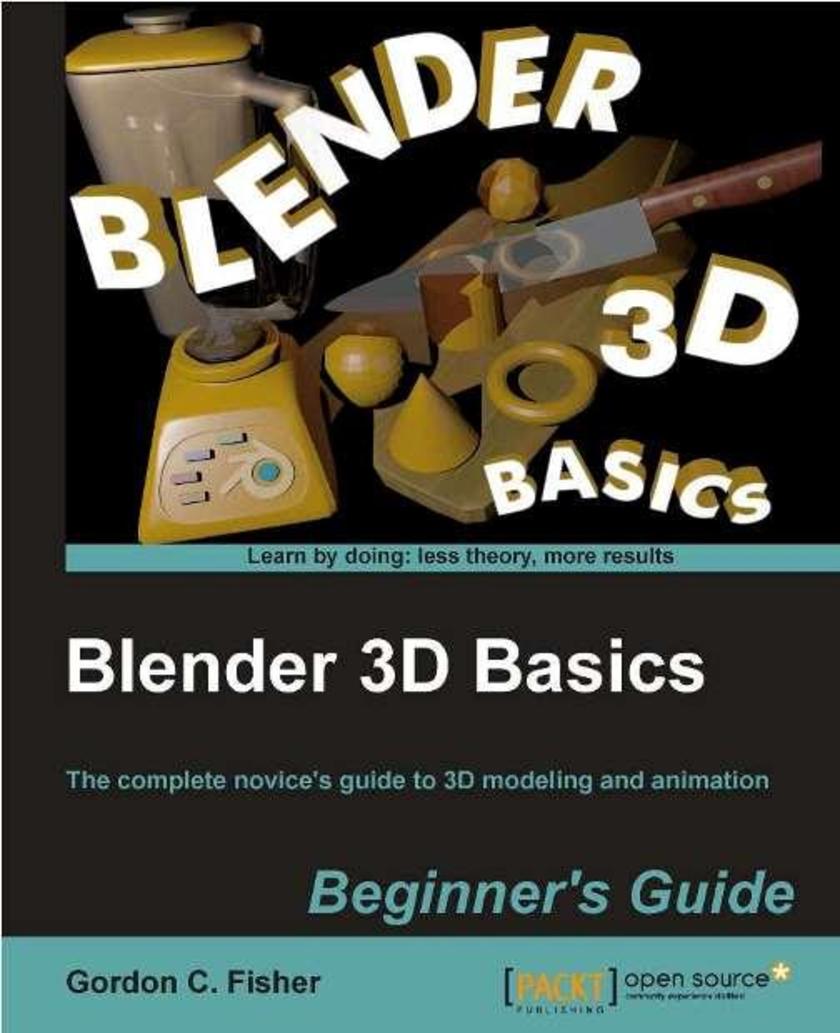
Blender 3D Basics
¥90.46
Written in a step by step tutorial style, learning comes as a result of creating the fully animated scene and the explanations that follow each stage. Blender 3D Basics is great for anyone who is new to Blender or new to 3D.

Corona SDK Mobile Game Development
¥90.46
You will learn by doing. First a brief crash course in Lua and Corona. Once this is done you will be thrown straight into creating fully functional complete games chapter by chapter. Certain chapters are reserved for adding advanced features such as multiple device integration, social networking and monetization. This book is for anyone who wants to have a go at creating commercially successfully games for Android and iOS. You don’t need game development or programming experience.
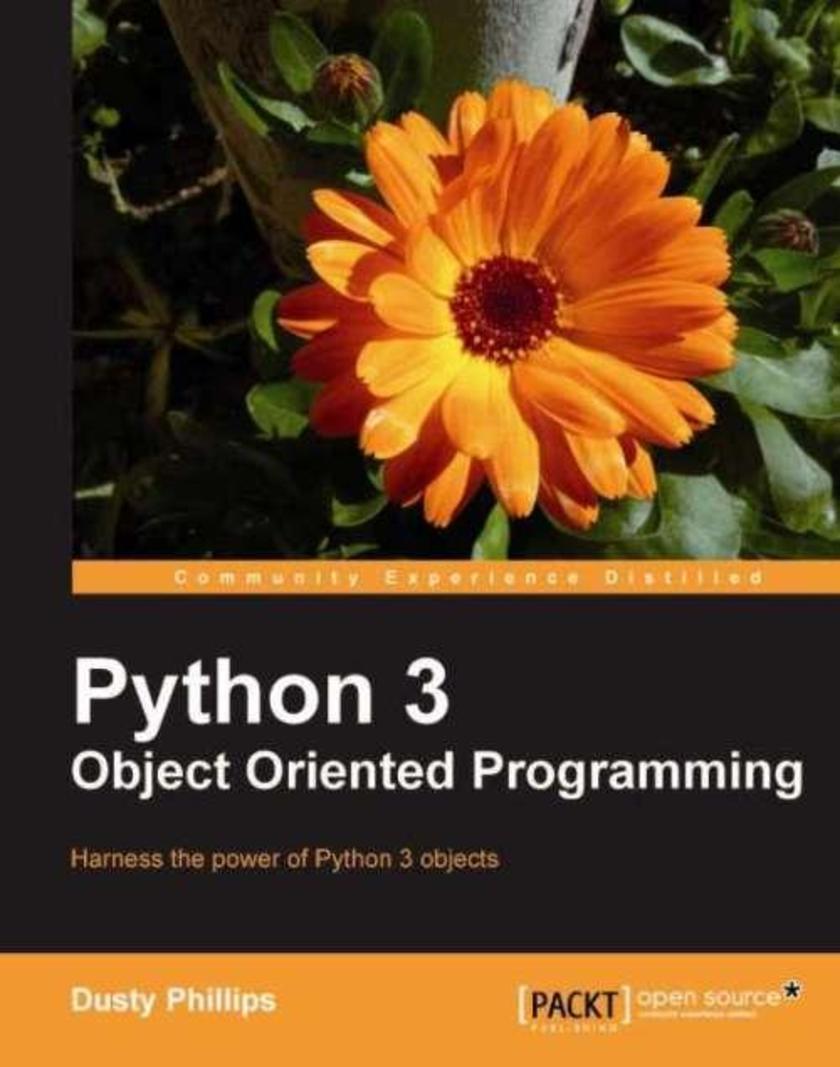
Python 3 Object Oriented Programming
¥90.46
The book begins with the very foundations of OOP and then uses practical examples to show how to correctly implement Object Oriented Programming in Python. Many examples are taken from real-world projects. The book focuses on high-level design as well as the gritty details of the Python syntax. The provided exercises inspire the reader to think about his or her own code, rather than providing solved problems. If you're new to Object Oriented Programming techniques, or if you have basic Python skills and wish to learn in depth how and when to correctly apply Object Oriented Programming in Python, this is the book for you. If you are an object-oriented programmer for other languages, you too will find this book a useful introduction to Python, as it uses terminology you are already familiar with. Python 2 programmers seeking a leg up in the new world of Python 3 will also find the book beneficial, and you need not necessarily know Python 2.
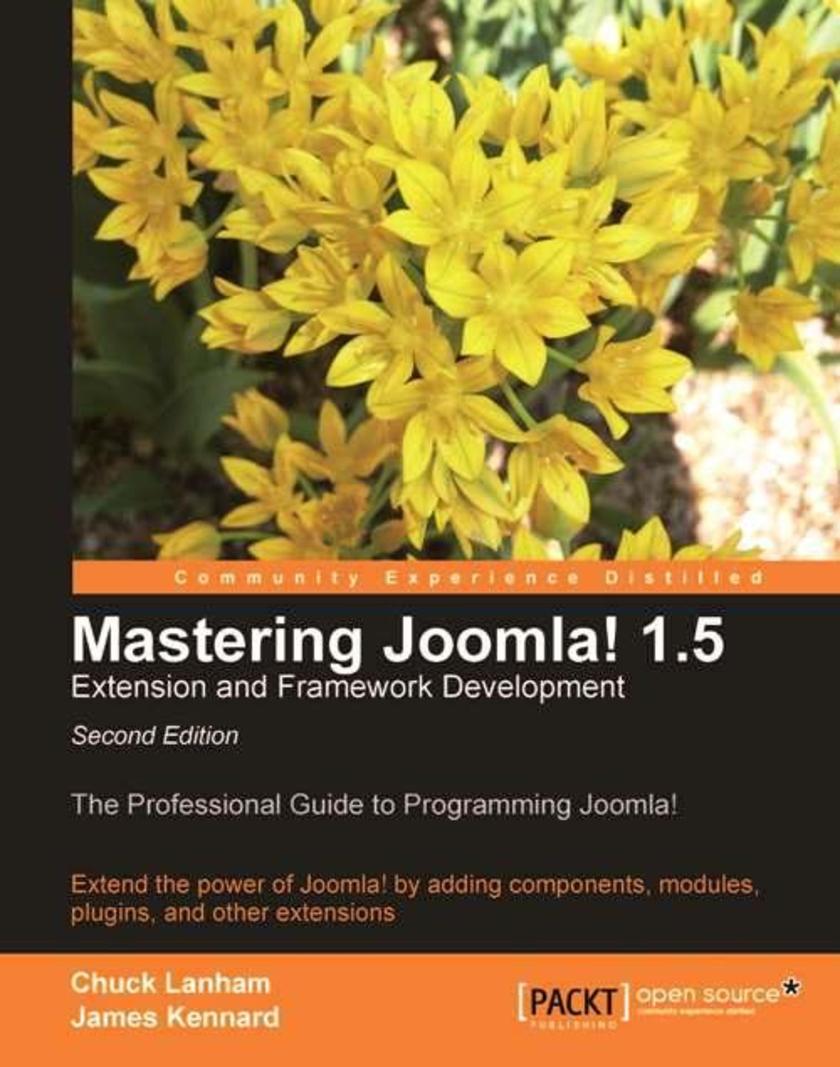
Mastering Joomla! 1.5 Extension and Framework Development (Update)
¥90.46
Packed with expert advice, working examples, and tips, this book is an essential reference guide that you will turn to again and again as you work with Joomla!. PHP developers who want to understand how Joomla! Works, with a view to advanced customization or extension development, and who want to learn how to work with the Joomla! Framework.
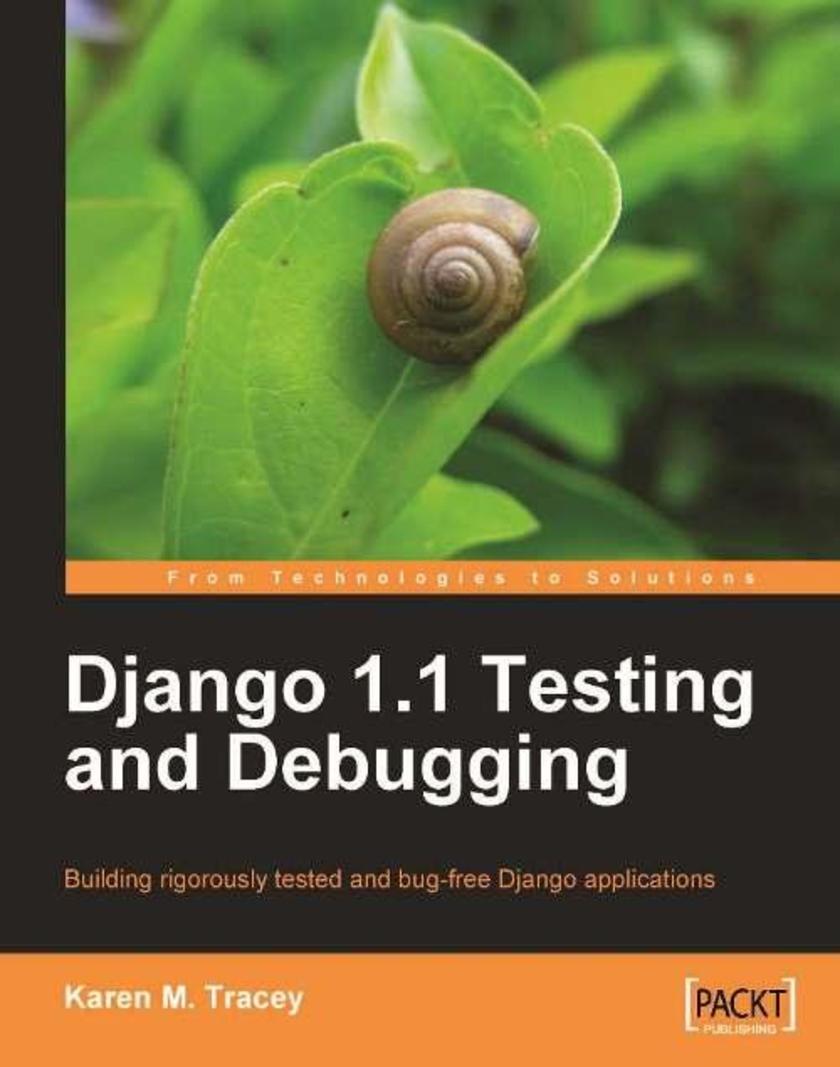
Django 1.1 Testing and Debugging
¥90.46
This book teaches by example. It walks in detail through development of a sample application, illustrating each step via complete working code and either screenshots or console snippets. The cumbersome and time consuming task of debugging will be a cake walk with this book. If you are a Django application developer who wants to create robust applications quickly that work well and are easy to maintain in the long term, this book is for you. This book is the right pick if you want to be smartly tutored to make best use of Django's rich testing and debugging support and make testing an effortless task. Basic knowledge of Python, Django, and the overall structure of a database-driven web application is assumed. However, the code samples are fully explained so that even beginners who are new to the area can learn a great deal from this book.
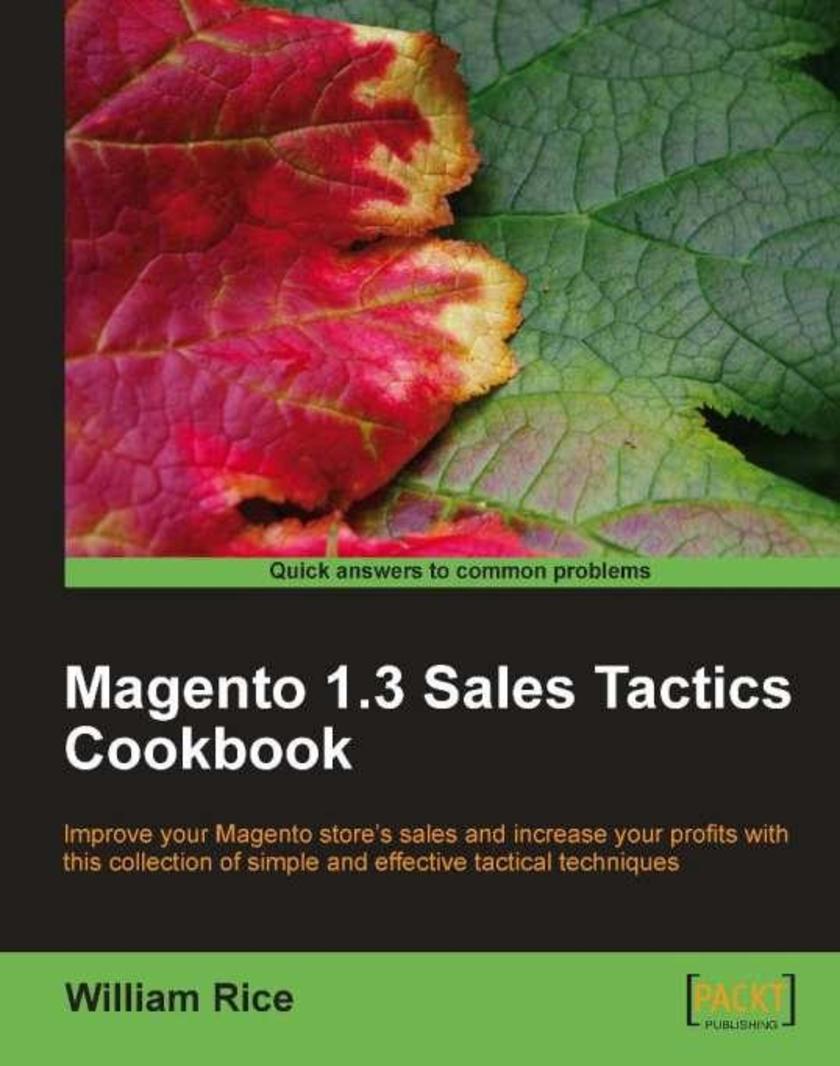
Magento 1.3 Sales Tactics Cookbook
¥90.46
This book is written with the business owner in mind. Each of the recipes in the book supports a business objective, and is designed to increase the success of your Magento storefront. Magento beginners will find the recipes easy to follow. They are written in plain language. When special jargon is needed, it is clearly explained. The techniques are illustrated with many screenshots, showing you exactly what you must do. An example storefront is used throughout the book, so you can see exactly what effect each technique will have on your storefront. Most of these techniques stand alone, so you can jump into the book at any time and implement the techniques that are best for your storefront at this time. If you are a Magento store owner or store designer who wants to boost sales, then this book is for you
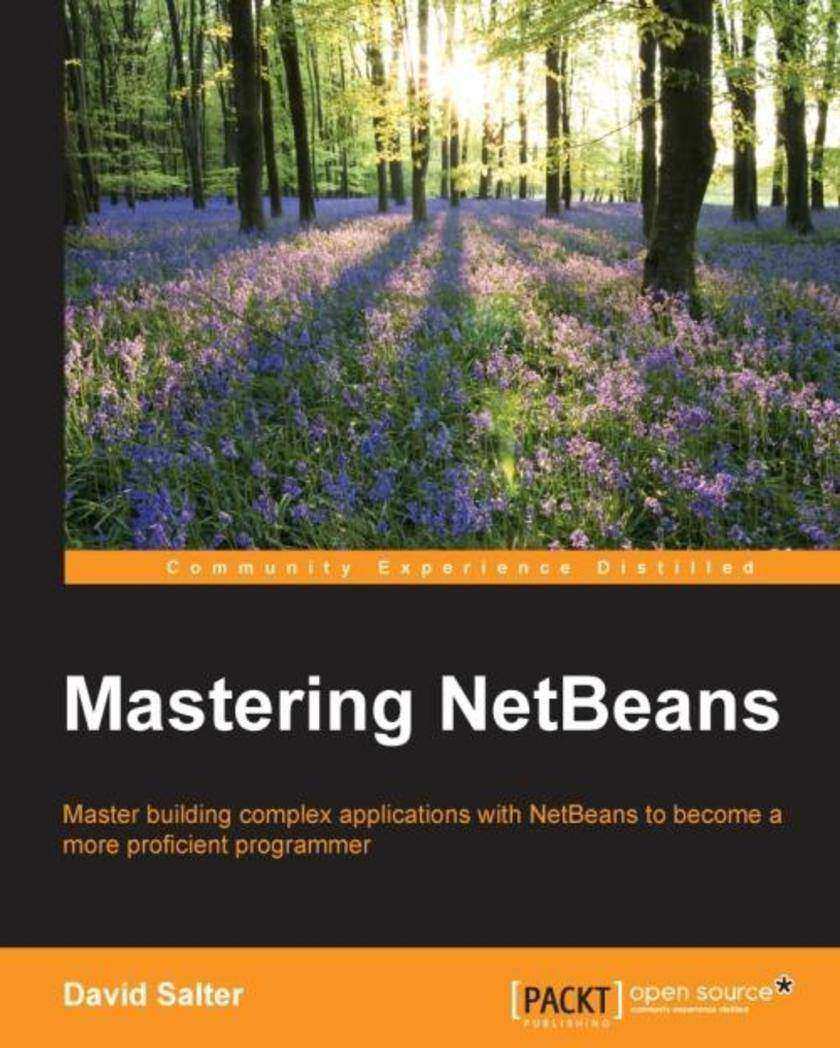
Mastering NetBeans
¥90.46
If you are a competent developer who wants to fast-track your application development with the NetBeans IDE, then this book is for you. Reasonable knowledge and an understanding of Java programming and the NetBeans IDE is assumed.
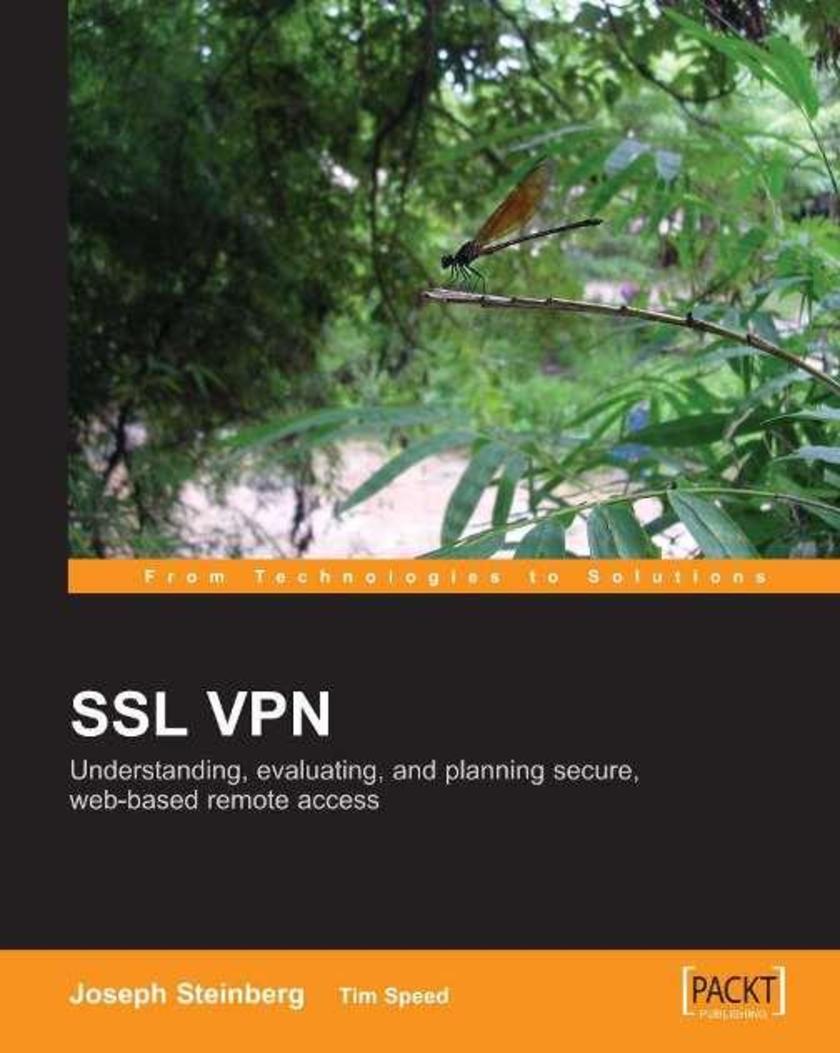
SSL VPN : Understanding, evaluating and planning secure, web-based remote access
¥90.46
The book blends technically rigorous de*ions with a friendly approach based on practical examples and scenarios. The authors write in clear, informal language and make extensive use of diagrams and images. The book begins with an overview of SSL VPN?s purpose, and the technical and business trends that are making it popular today. It then looks at how SSL VPNs work and how they fit into existing network plans. The effect of SSL VPN on the wider business environment is then considered, before looking at how SSL VPN technology is likely to develop in the future. This book aimed at IT network professionals and managers who are currently evaluating SSL VPN technologies. It requires a broad understanding of networking concepts, but does not require specific and detailed technical knowledge of protocols or vendor implementations.
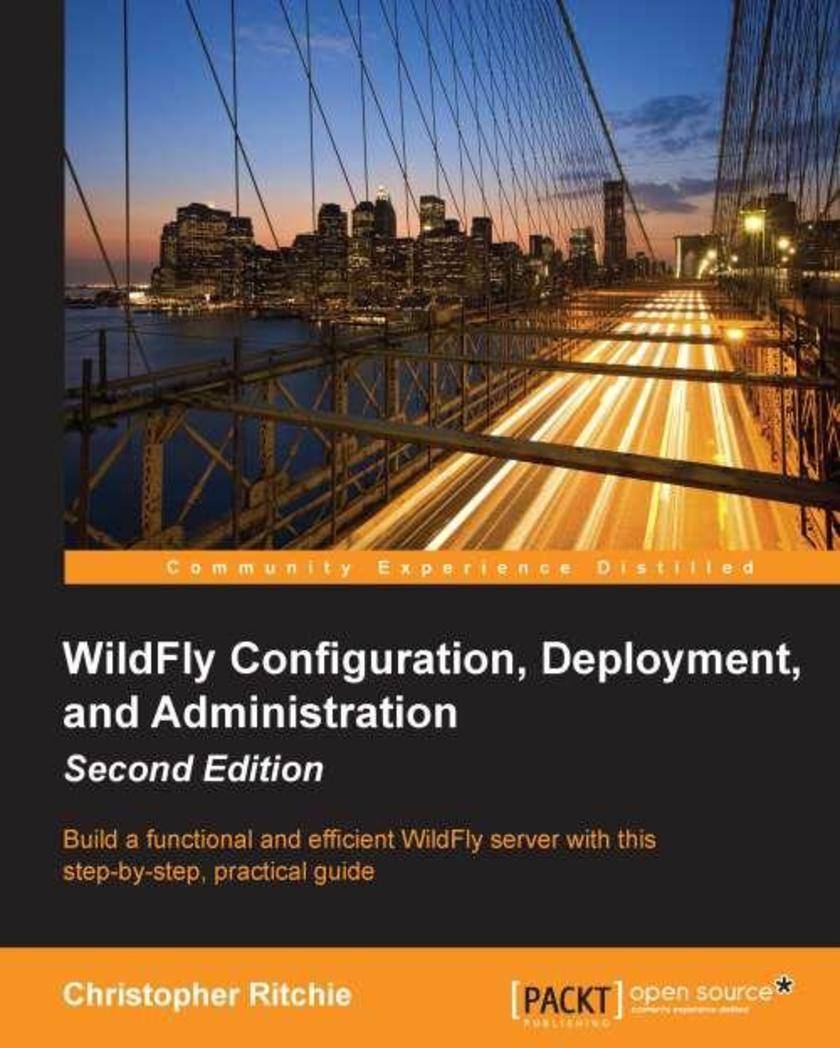
WildFly Configuration, Deployment, and Administration - Second Edition
¥90.46
This book is aimed at Java developers, system administrators, application testers using WildFly, and anyone who performs a DevOps role. Whether you are completely new to WildFly or just require an understanding of WildFly's new features, this book is for you.
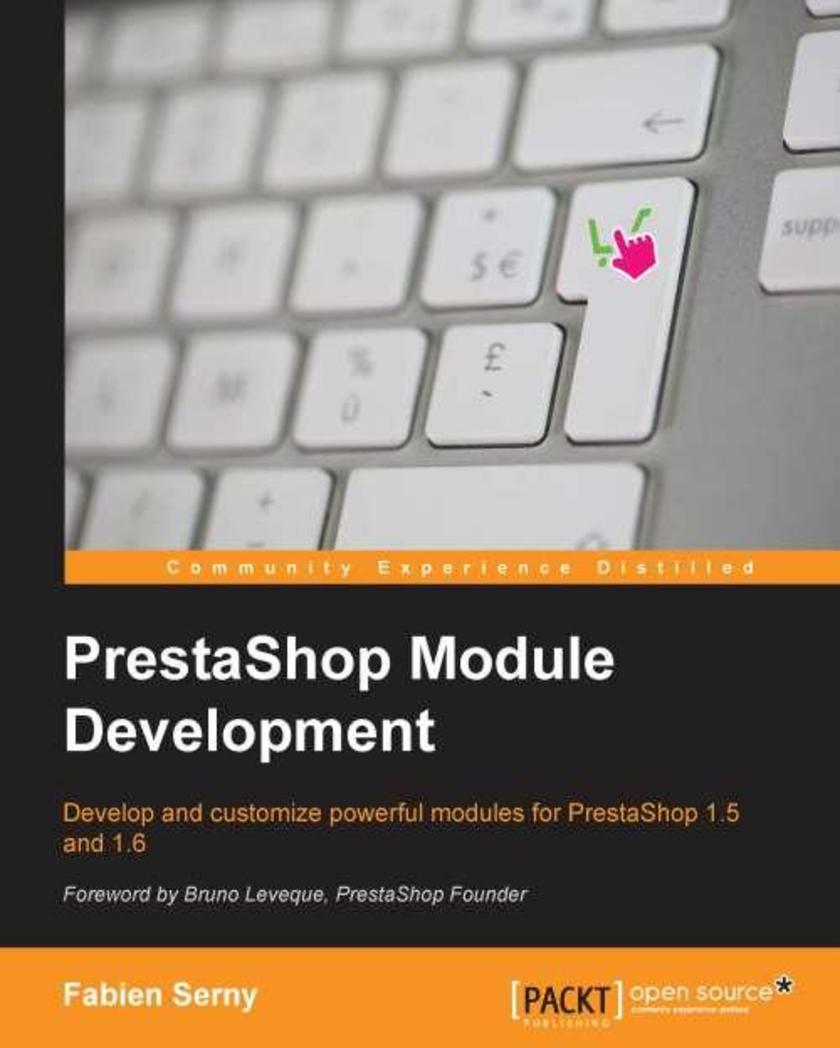
PrestaShop Module Development
¥90.46
If you are a developer who is new to PrestaShop and wants to get a good foundation in development on the PrestaShop framework, this book is for you. It's assumed that you will have some experience with PHP5, jQuery, and HTML/CSS (no need to be an expert on it).
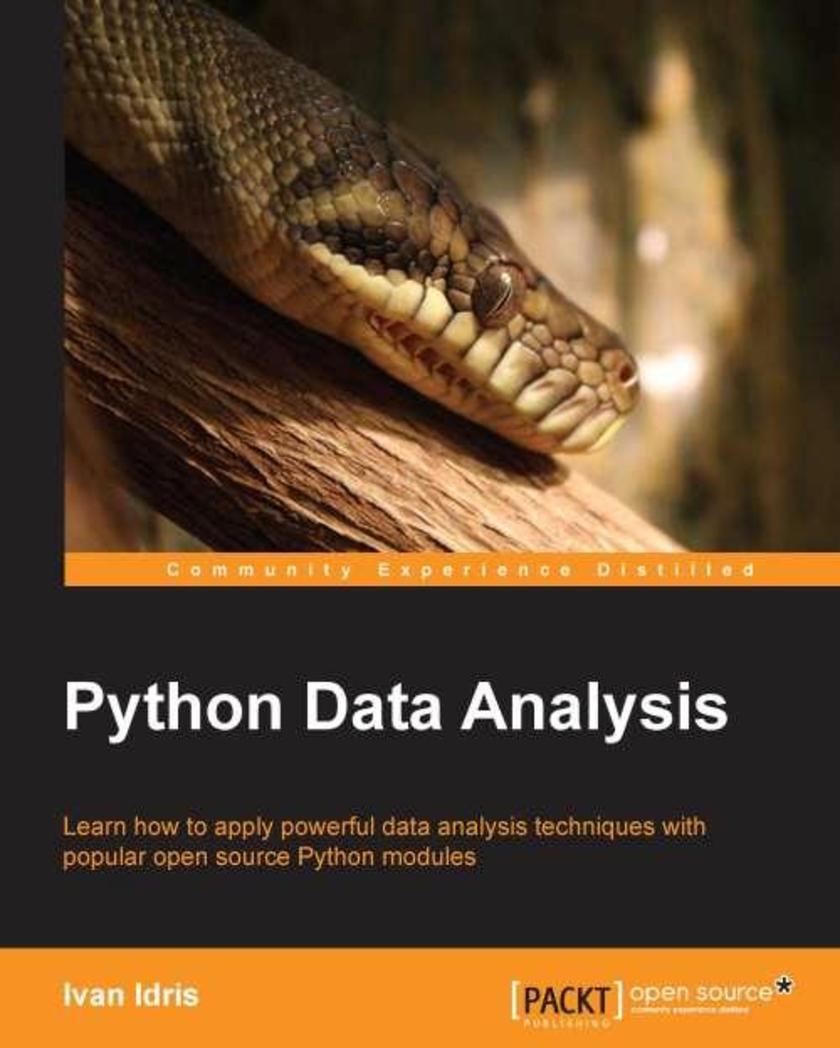
Python Data Analysis
¥90.46
This book is for programmers, scientists, and engineers who have knowledge of the Python language and know the basics of data science. It is for those who wish to learn different data analysis methods using Python and its libraries. This book contains all the basic ingredients you need to become an expert data analyst.
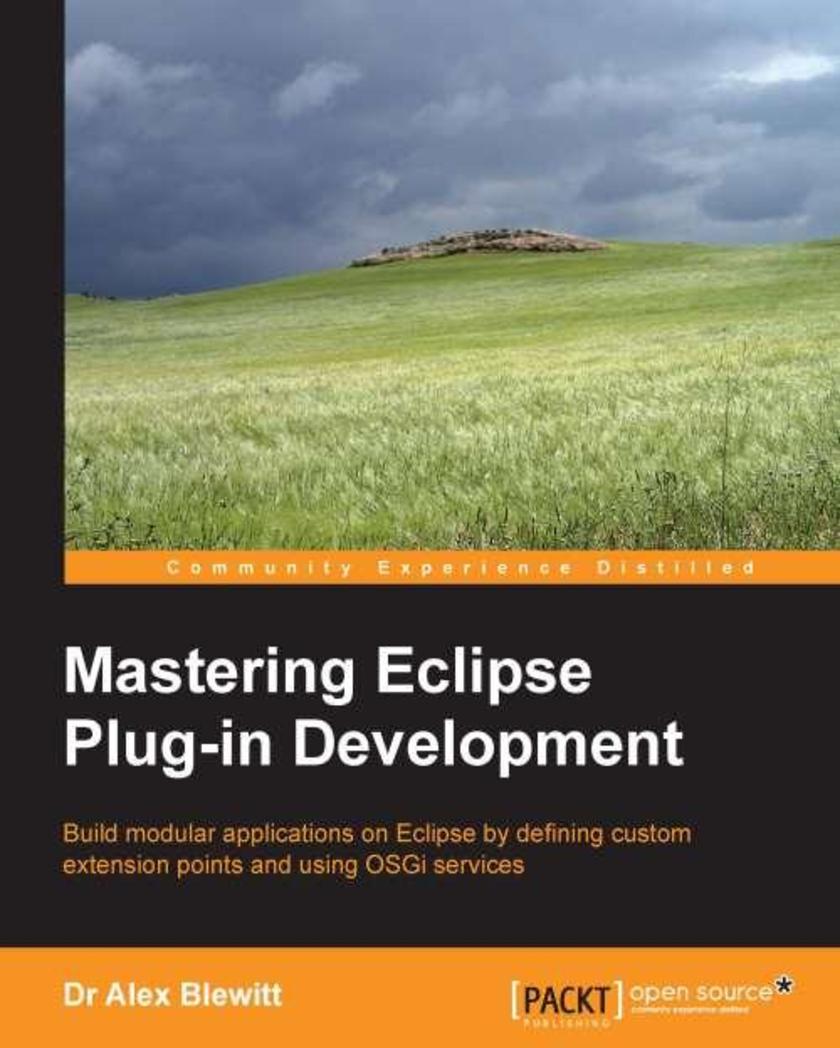
Mastering Eclipse Plug-in Development
¥90.46
If you are a Java developer who is familiar with the Eclipse plug-in environment, this book covers the advanced concepts that you need to know to achieve true expertise. Prior experience in creating Eclipse plug-ins is assumed for this book.
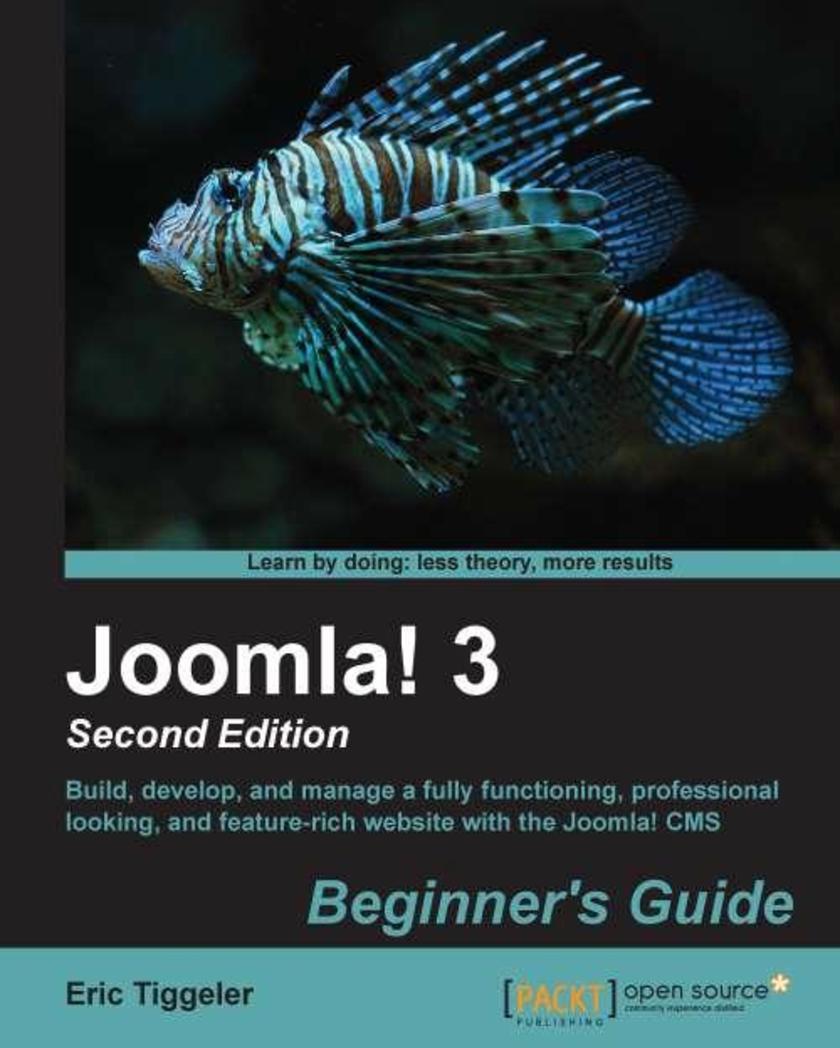
Joomla! 3 Beginner's Guide
¥90.46
An easy to use, step-by-step guide to creating professional, mobile-friendly websites with the free Joomla CMS. The Joomla! 3 Beginner's Guide Second Edition is the ultimate guide for web developers who wish to build upon their skills and knowledge on creating websites. Even if you’re new to this subject, you won’t have any difficulty understanding the clear and friendly instructions and explanations. No prior knowledge of HTML and CSS is required.
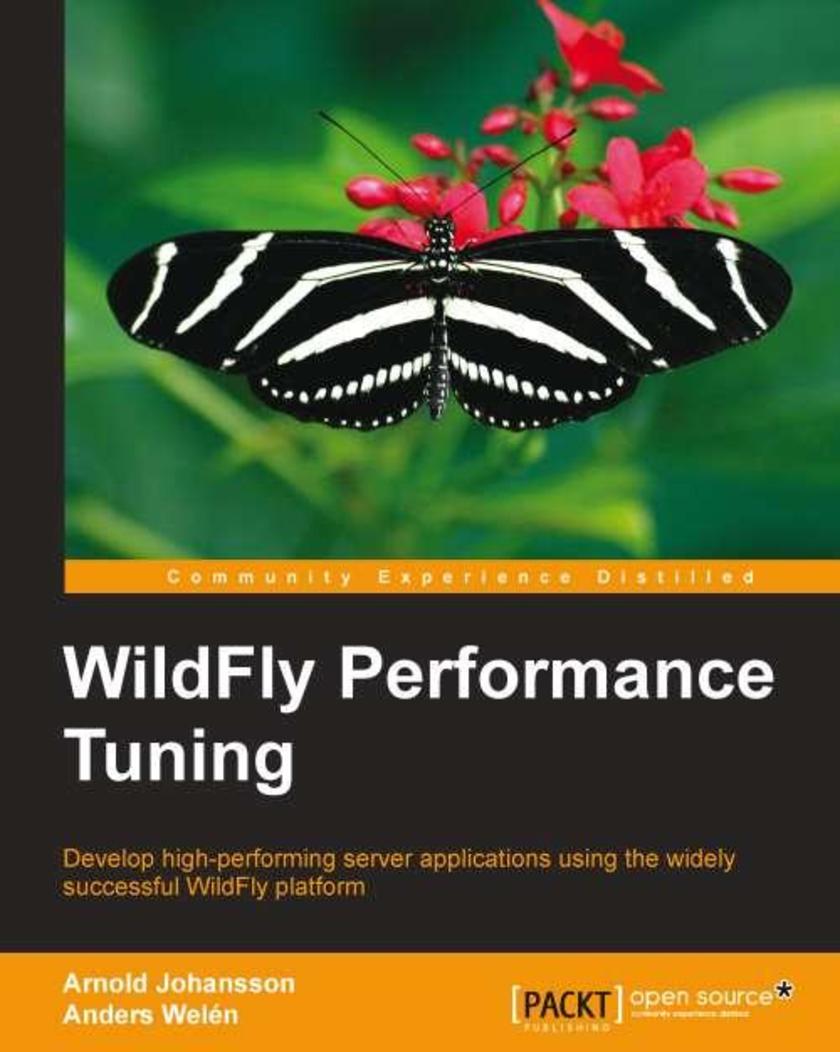
WildFly Performance Tuning
¥90.46
Packed with practical examples, this book looks at a different aspect of performance tuning in each chapter and shows you how to apply them to their existing Java applications. Anyone with an interest in learning more and improving the performance of Java-based technology in general, all the way to WildFly in particular, will find this book useful.
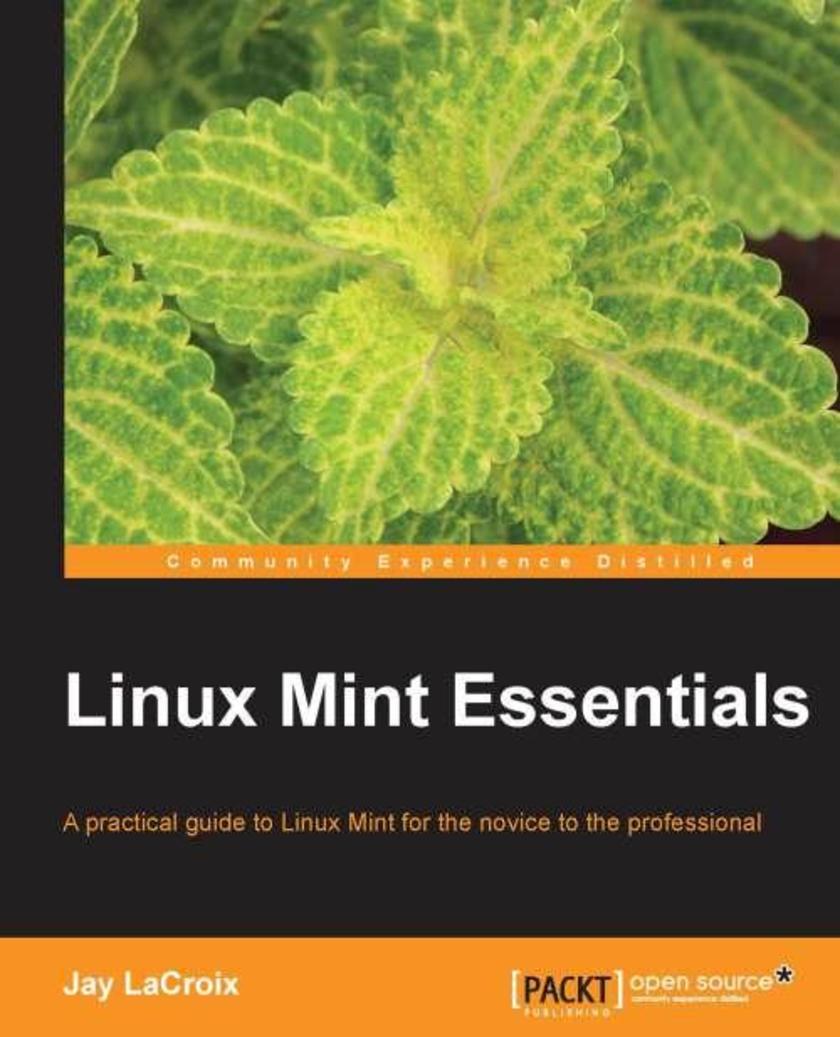
Linux Mint Essentials
¥90.46
A taskoriented look at Linux Mint, using actual realworld examples to stimulate learning. Each topic is presented in an easytofollow order, with handson activities to reinforce the content. If you are starting out with Linux from a different platform or are well versed with Linux Mint and want a guide that shows you how to exploit certain functionality, this book is for you. No previous Linux experience is assumed.
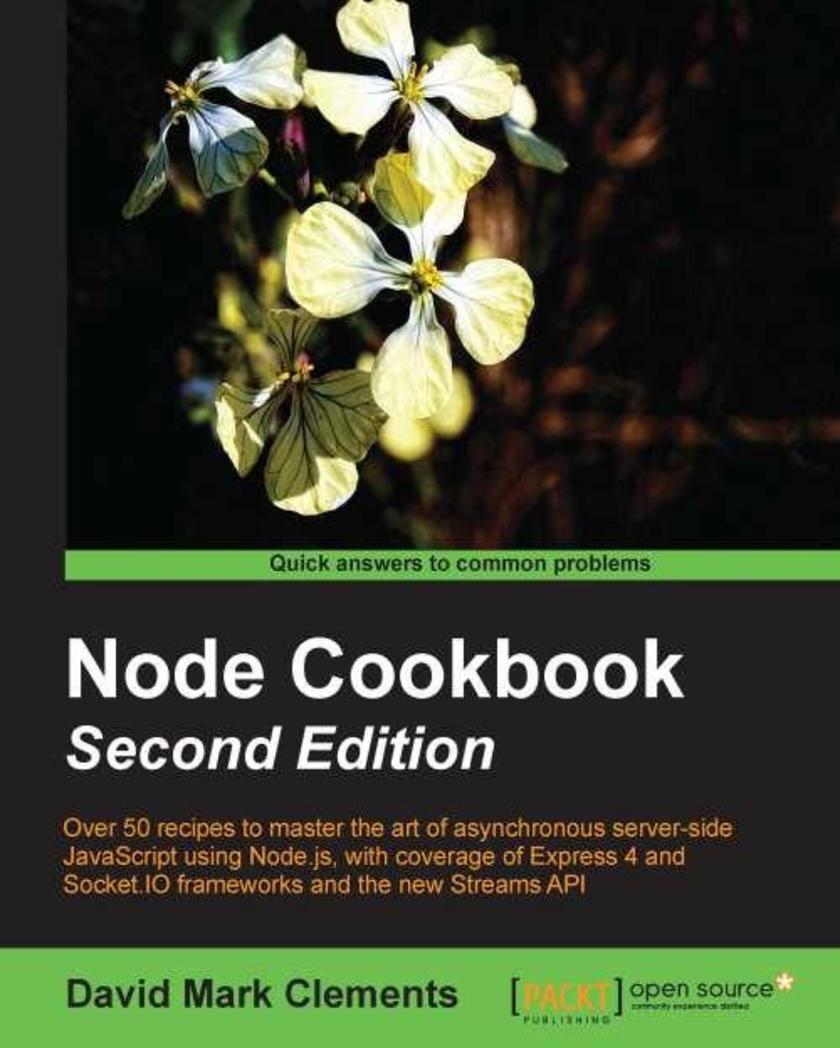
Node Cookbook Second Edition
¥90.46
In Node Cookbook Second Edition, each chapter focuses on a different aspect of working with Node. Following a Cookbook structure, the recipes are written in an easytounderstand language. Readers will find it easier to grasp even the complex recipes which are backed by lots of illustrations, tips, and hints. If you have some knowledge of JavaScript and want to build fast, efficient, scalable clientserver solutions, then Node Cookbook Second Edition is for you. Knowledge of Node will be an advantage but is not required. Experienced users of Node will be able to improve their skills.
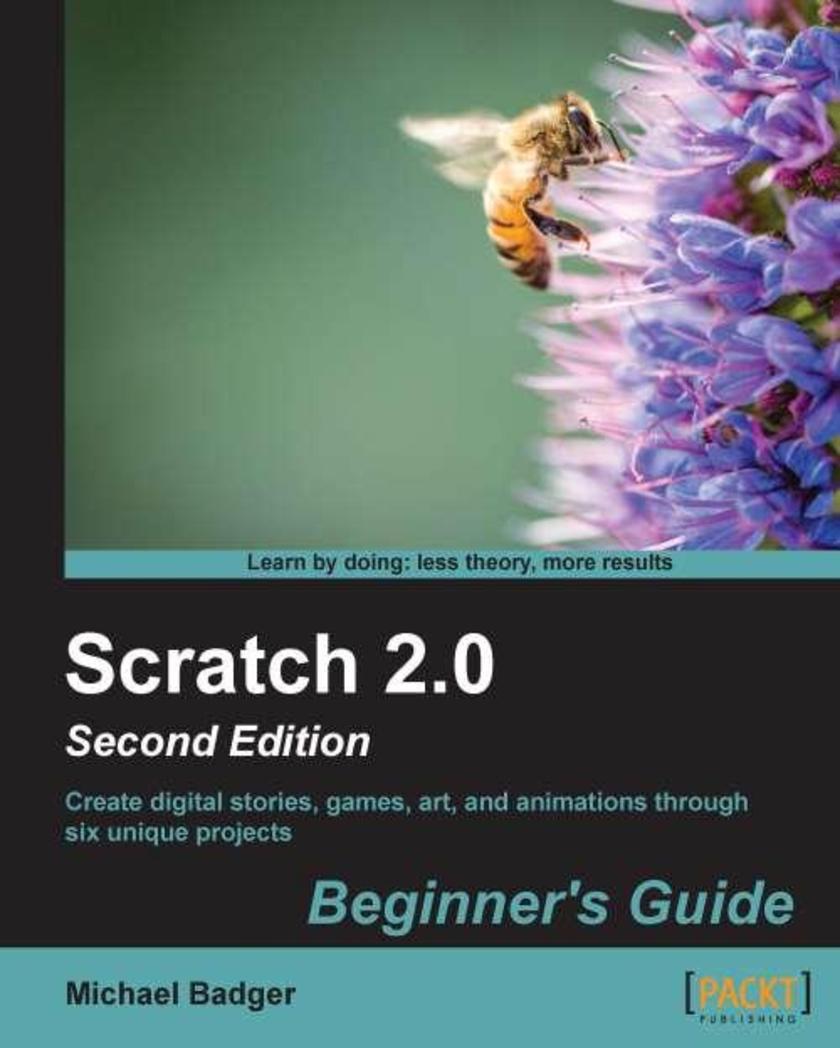
Scratch 2.0 Beginner's Guide
¥90.46
The book uses stepbystep instructions along with full code listings for each exercise. After each exercise, the author pauses to reflect, explain, and offer insights before building on the project. The author approaches the content with the belief that we are all teachers and that you are reading this book not only because you want to learn, but because you want to share your knowledge with others. Motivated students can pick up this book and teach themselves how to program because the book takes a simple, strategic, and structured approach to learning Scratch. Parents can grasp the fundamentals so that they can guide their children through introductory Scratch programming exercises. It’s perfect for homeschool families. Teachers of all disciplines from computer science to English can quickly get up to speed with Scratch and adapt the projects for use in the classroom.
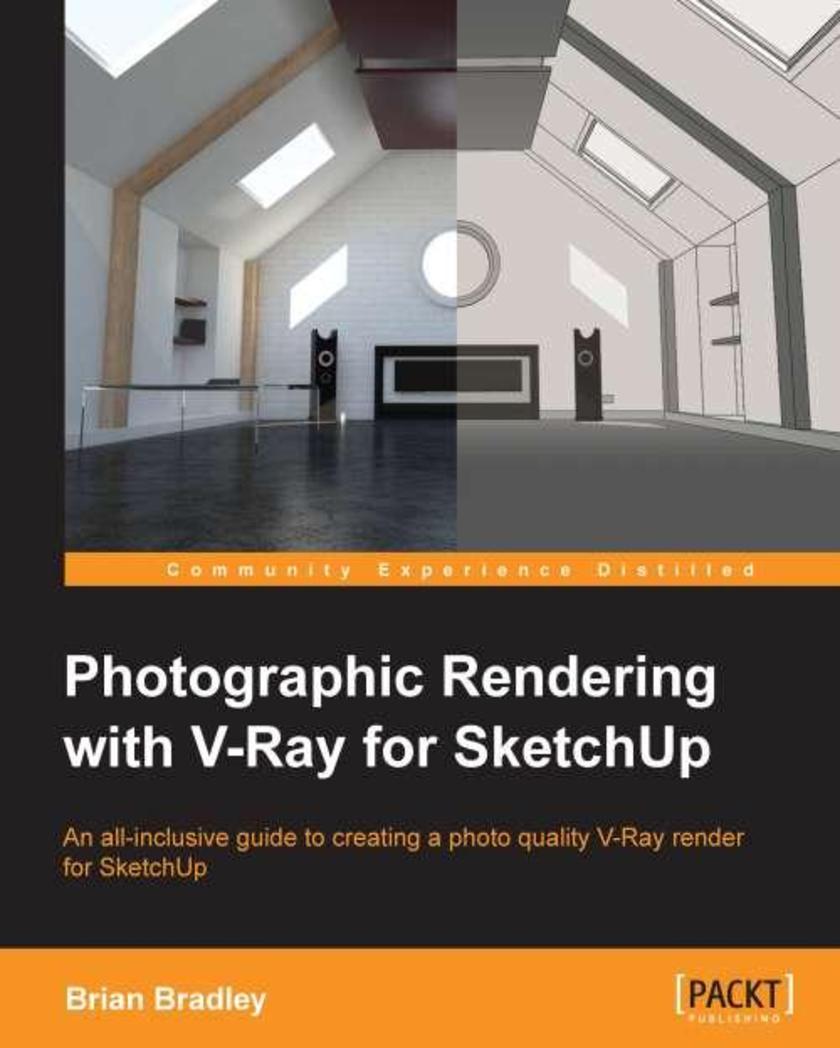
Photographic Rendering with V-Ray for SketchUp
¥90.46
This book is filled with examples explaining the theoretical concepts behind them. Filled with ample screenshots, diagrams, and final rendered images, this book will help readers develop an understanding of photographic rendering with VRay. If you are a SketchUp user who would love to turn your favourite modelling application into a ‘virtual photography studio’, then this book has been designed and written for you. Existing VRay users will also find plenty to enjoy and benefit from in this book. Some basic experience with SketchUp and familiarity with photography will be helpful, but is not mandatory.
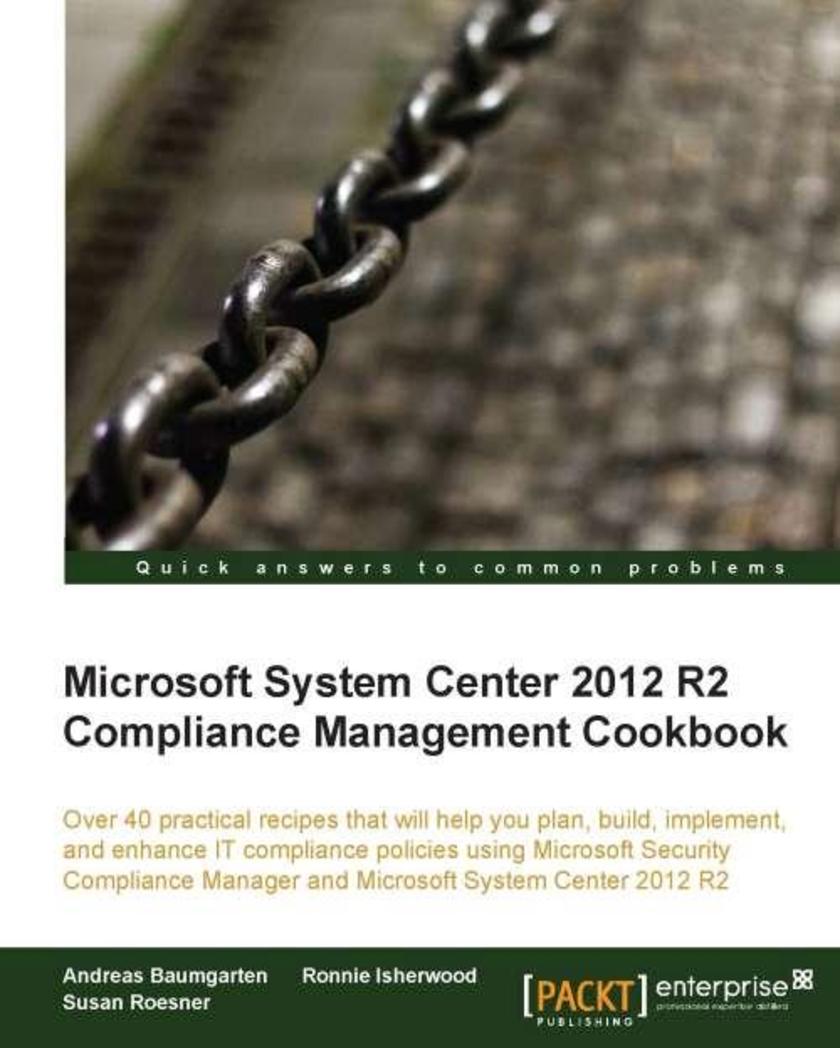
Microsoft System Center Compliance Management
¥90.46
Whether you are an IT manager, an administrator, or security professional who wants to learn how Microsoft Security Compliance Manager and Microsoft System Center can help fulfil compliance and security requirements, this is the book for you. Prior knowledge of Microsoft System Center is required.
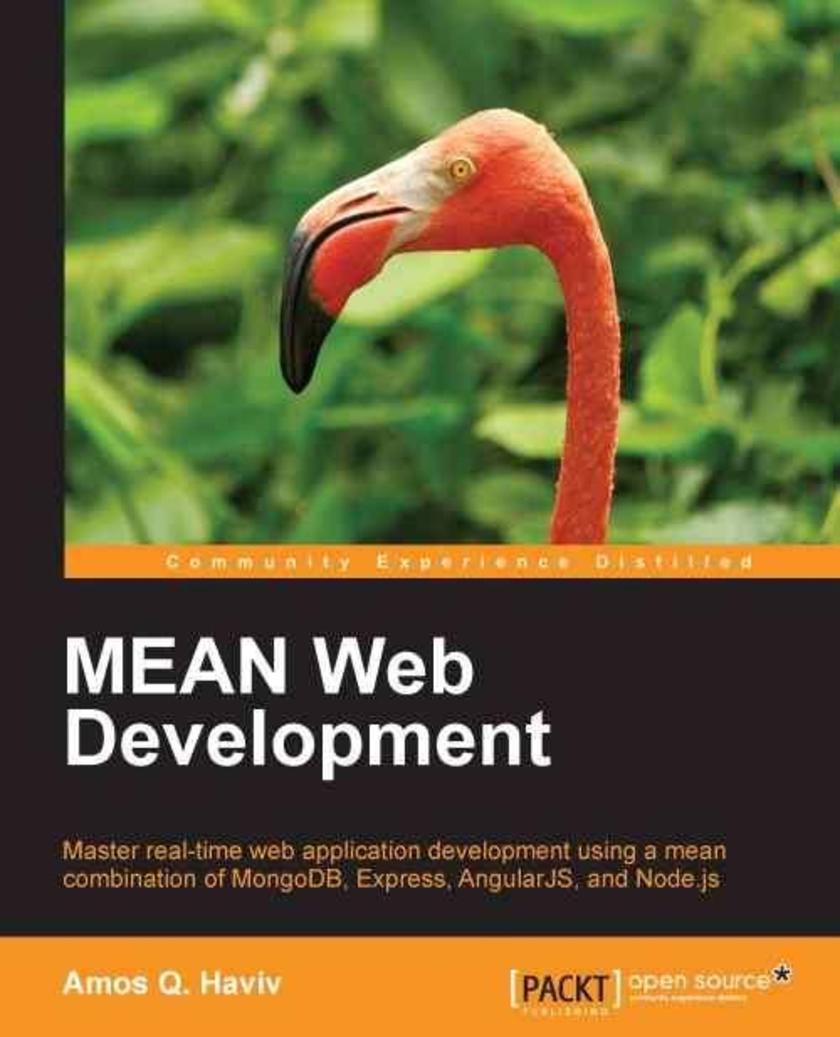
MEAN Web Development
¥90.46
If you are a web or a full-stack JavaScript developer who is interested in learning how to build modern web applications using the MEAN stack, this book is for you.
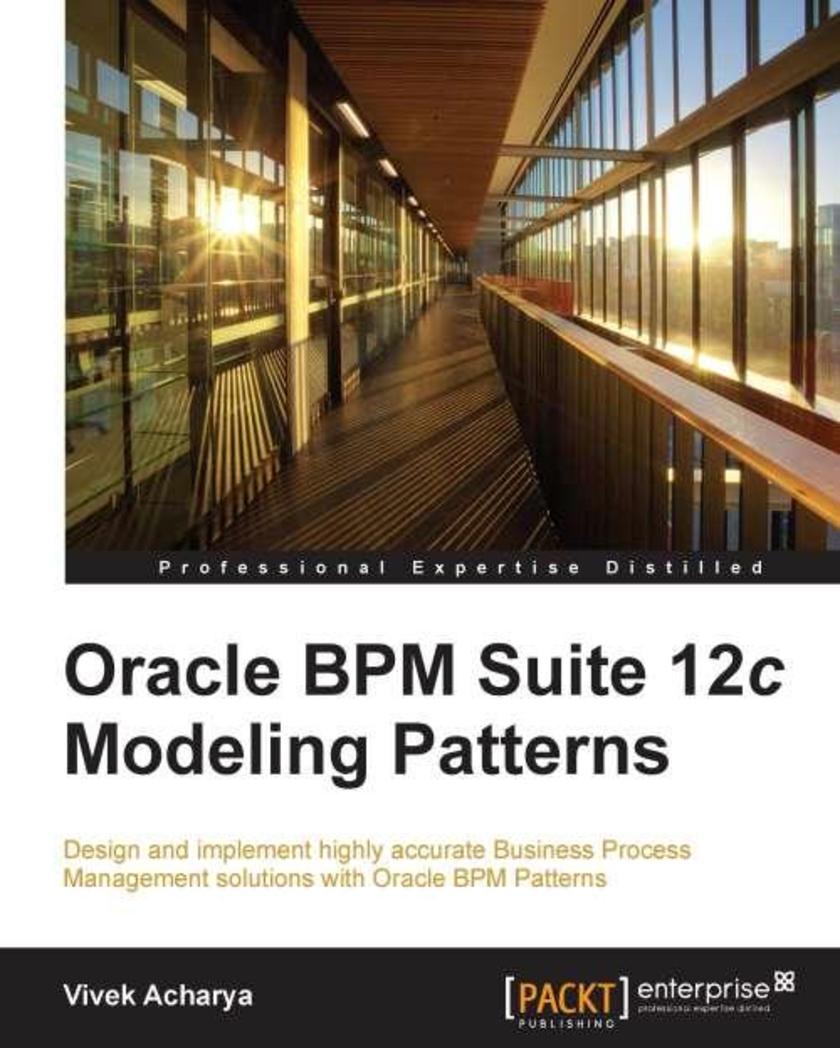
Oracle BPM Suite 12c Modeling Patterns
¥90.46
This book is an invaluable resource if you are an Enterprise architect, solution architect, developer, process analyst, or application functional and technical consultant who uses Business Process Management and BPMN to model and implement Enterprise IT applications, SaaS, and cloud applications.




 购物车
购物车 个人中心
个人中心



